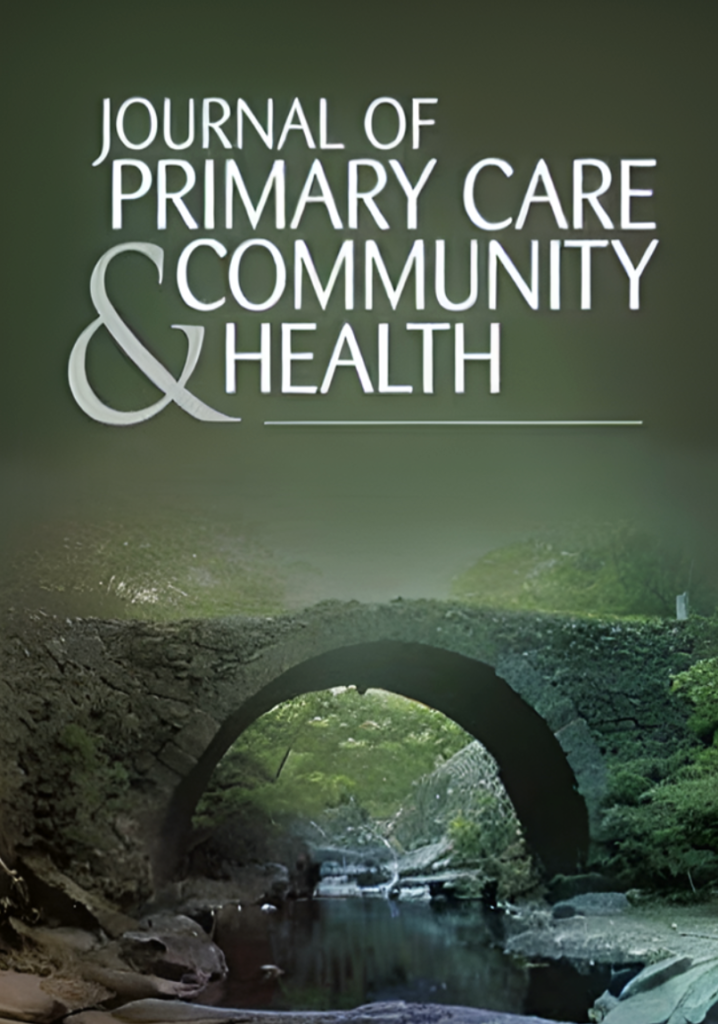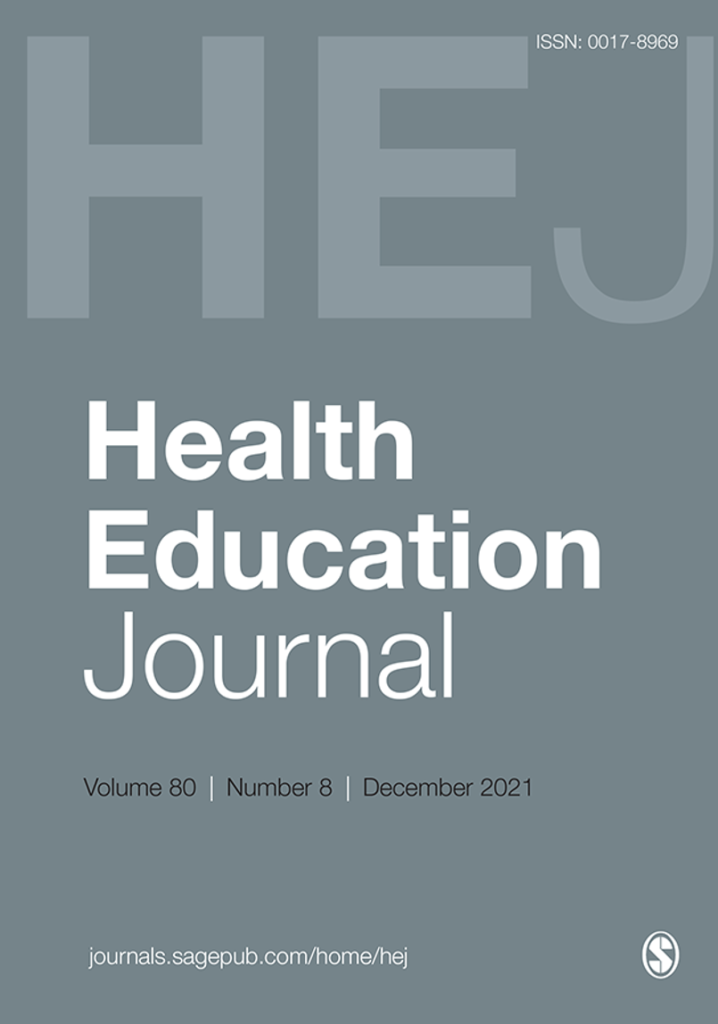Advancing Public Health Through Cutting-Edge Research and Insightful Publications
At Zeihan Prohealth, we harness the transformative power of data to catalyze positive change in public health. Our pledge to research is to drive scientific progress and advance public health by collecting and publishing impactful data that addresses critical challenges, with a dedicated focus on the social determinants of health across diverse landscapes.
We are unwavering in our commitment to support our clients in achieving their project goals and enhancing the health and well-being of their communities through our peer-reviewed research and unparalleled expertise. Our goal is not only to lead, but also to inspire others to implement our findings, thereby advancing population health and education on a global scale.
Through our relentless efforts, we strive to create a healthier, more connected world, where our innovative solutions and data-driven insights lead to sustainable improvements in public health. Join us in our mission for a brighter, more health-conscious world.
Abstract
Abstract
Abstract
Abstract
Background: Interprofessional student participation in communitybased service learning projects is critically important for the preparation of future health professionals to care for underserved and vulnerable populations. Oftentimes, there is a disconnect between existing community services and the actual needs of individuals being served, such as those experiencing homelessness. A best practice of launching a new service learning project is to begin with a needs assessment. This study describes the stepwise approach taken to guide students launching a new street medicine program in developing and administering a needs assessment survey and is generalizable to other student-led service learning outreaches.
Methods: We conducted a needs assessment from April-June 2018 on 144 unsheltered homeless individuals in metro Phoenix, Arizona. The 16-question survey investigated perceptions of priority needs, sources of medical care, health literacy, and health status. Survey results were analyzed using Wilcoxon Rank Sum Test, chi-squared analysis, and multivariable logistic regression.
Results: Most respondents (91.6%) identified food as a top need. The majority (64.1%) utilized emergency departments as their primary source of care, and 40.1% reported suboptimal health. Suboptimal health was more likely to be reported in those who expressed transportation (OR 3.03, 95% CI: 1.30-7.07) as a top priority need. Health illiteracy (OR 3.68, 95% CI: 0.76-17.9) was associated with suboptimal health, as was obtaining care at an Emergency Department (OR 2.05, 95% CI: 0.81-5.25).
Conclusions: Pairing healthcare with meals and other primary needs may be an effective strategy to increase service utilization by this population. Future needs assessments should consider implementing open-ended.
Abstract
Objective: To identify the impact of volunteering in a street medicine programme on perceptions of and attitudes towards individuals experiencing homelessness.
Design: Prospective pre- and post-analysis using involvement in a street medicine programme as the intervention. Attitudes towards and perceptions of individuals experiencing homelessness were measured using the Health Professional Attitude Towards the Homeless Inventory (HPATHI).
Setting: Participants provided outreach to individuals experiencing homelessness across metro Phoenix in parks and in homeless encampments along the streets.
Method: Students and preceptors from numerous professions, including medicine, nursing, social work, physical therapy, occupational therapy, public health and undergraduate students, who volunteered for the street medicine programme were organised into small outreach teams. All volunteers were emailed the HPATHI to complete before and after semester-long, monthly outreach events.
Results: Volunteering in our street medicine programme demonstrated statistically significant improvements in perceptions of and attitudes towards individuals experiencing homelessness for all volunteers, regardless of profession.
Conclusion: Our findings suggest that integrating street medicine programmes into curricula for health and social care programmes can reduce the stigma towards individuals experiencing homelessness, inspire increased commitment to practising in underserved communities and meet the unmet health and social needs of the homeless population.





